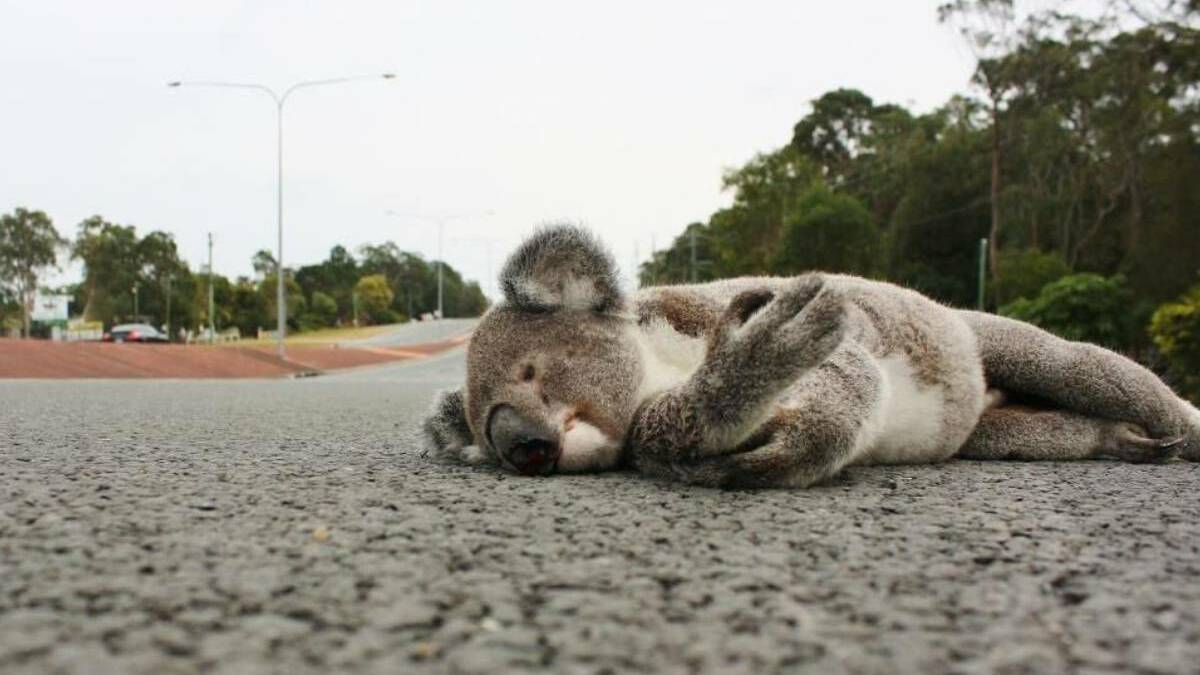A LEADING conservationist is urging motorists to be cautious on the roads, with Redlands Wildlife Service receiving about 260 reports of vehicle strikes on animals since the start of the year.
Create a free account to read this article
$0/
(min cost $0)
or signup to continue reading

Other alarming statistics released by the Department of Environment and Science found a total of 17 koalas had been hit by vehicles on Redlands roads since June 2019.
The most strikes were recorded at Birkdale, Cleveland and Thornlands, with Wellington Street and Quarry Road appearing twice on the list as locations where koalas were injured or killed.
Koala Action Group president Debbie Pointing said there were doubts over whether the data was complete and called on DES to address record keeping issues.
She said autopsies were no longer being completed at the Moggill koala facility and the group feared important data would be lost as a result.
Wildlife Preservation Society bayside branch secretary Simon Baltais said in his experience koalas were the most at risk of being struck by vehicles, followed by wallabies and possums.
He said koalas were particularly vulnerable during breeding season, which is observed between August and January, and were low to the ground making them difficult for motorists to see.
"Their home is an area that might encompass suburbia and bushland.," Mr Baltais said.
"As a consequence, they are moving across roads on a regular basis.
"If there are signs and they say slow down, give a bit of consideration for the wildlife. It could make the difference between them surviving and not.
"Koala numbers have dropped and one of the big reasons why we have lost so many is because there have been a lot of animals killed by vehicles.
"One thing (people) can do is drive more carefully in those areas and in those times when animals are on the move."
A council spokeswoman said the majority of vehicle strikes had taken place on state roads where speed limits were higher.
She said there was no single month where animals were most at risk but there would be a spike in cases during winter.
"A number of factors affect vulnerability, including increased movement patterns during breeding seasons, climatic conditions, environmental impacts and major road works which can force changes to wildlife movement pathways," the spokeswoman said.
She urged motorists to be vigilant by using high beams at night where appropriate and driving slower in poorly-lit areas, particularly if there was vegetation separating the two lanes.
Mr Baltais said wallaby deaths occurred regularly on a number of streets between Brisbane and Redlands.
He said wallabies would try to cross the road after being spooked by a car.
"The Redlands does have a large amount of wildlife," Mr Baltais said.
"We just need to be cognisant of that and drive to conditions.
"Be mindful it is harder to see at mornings and nights."
Read more local news here.

